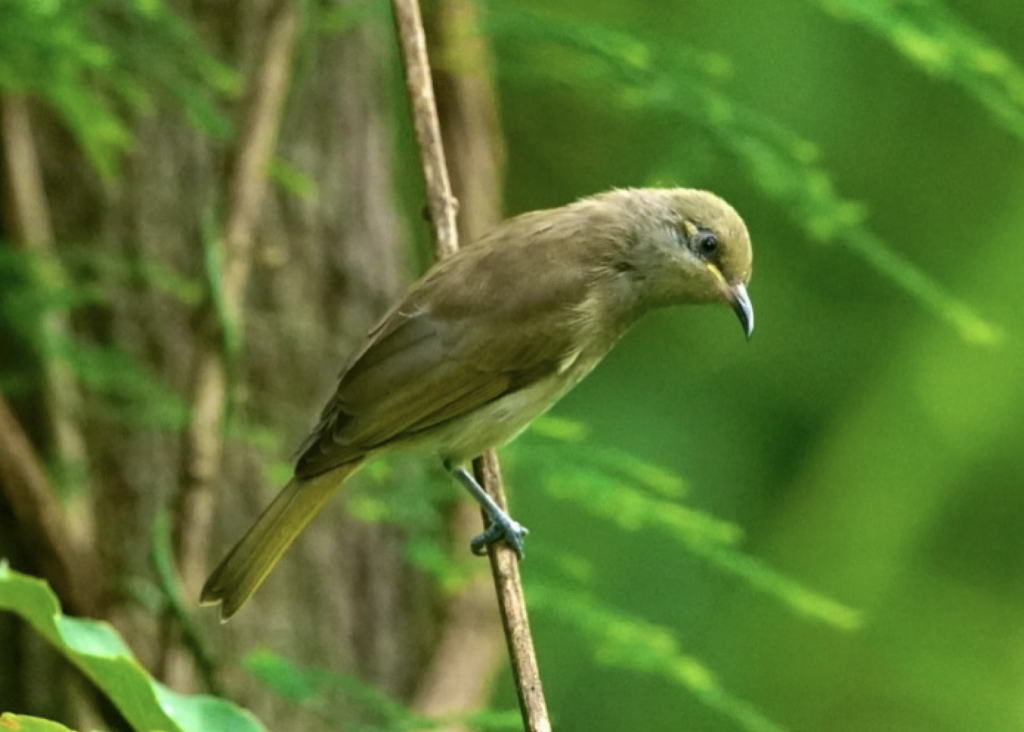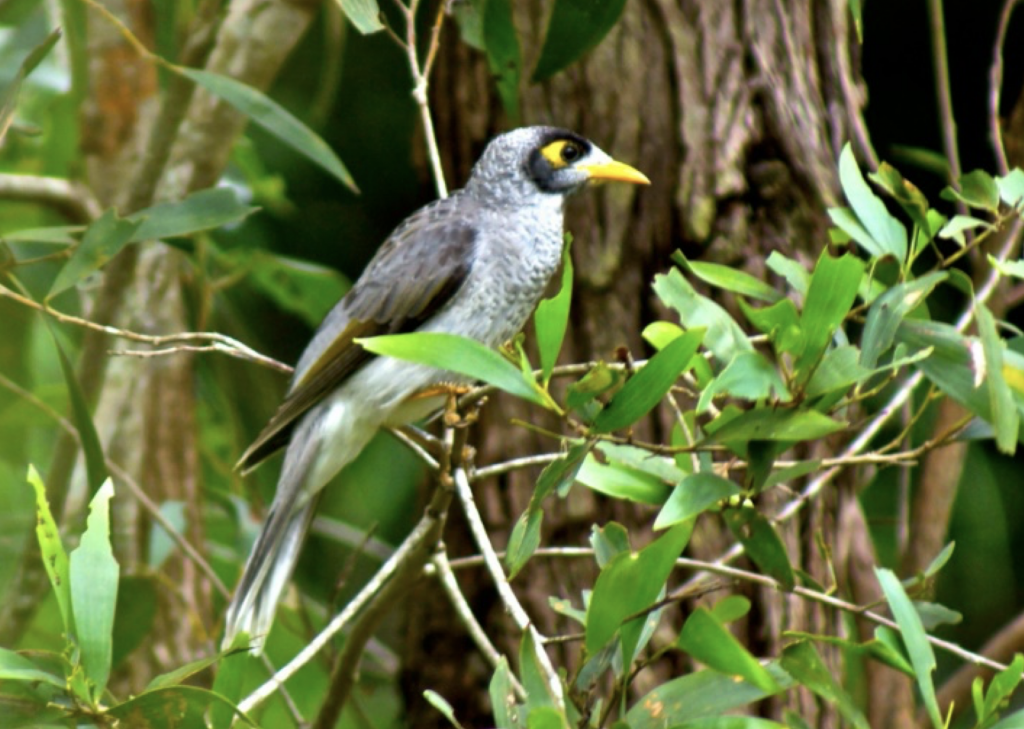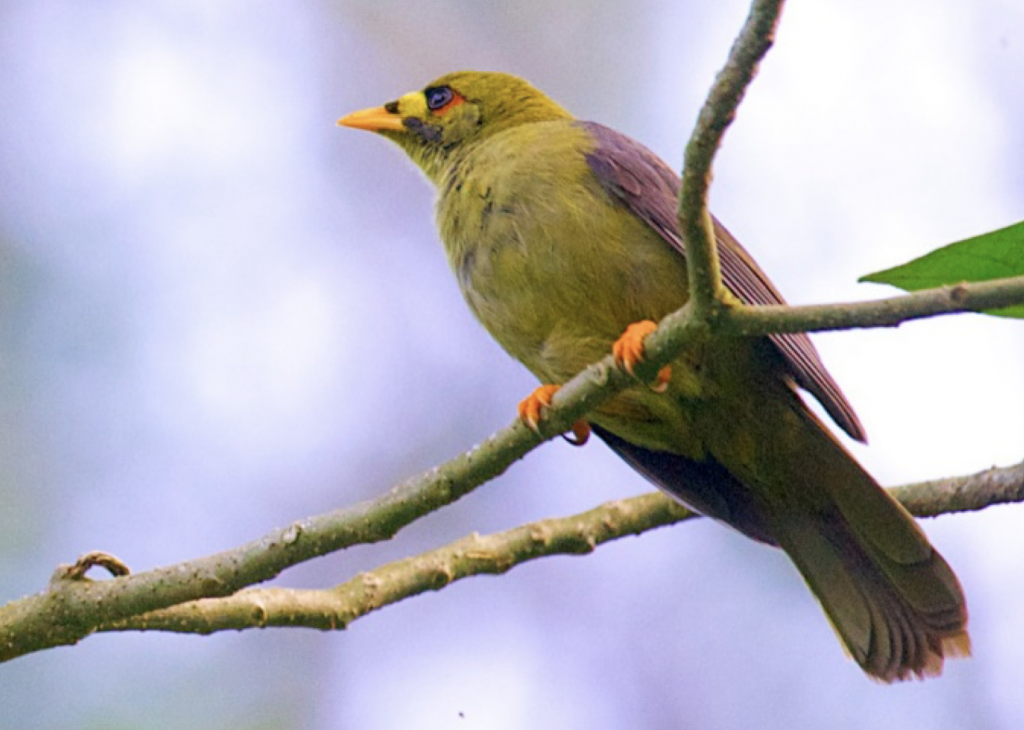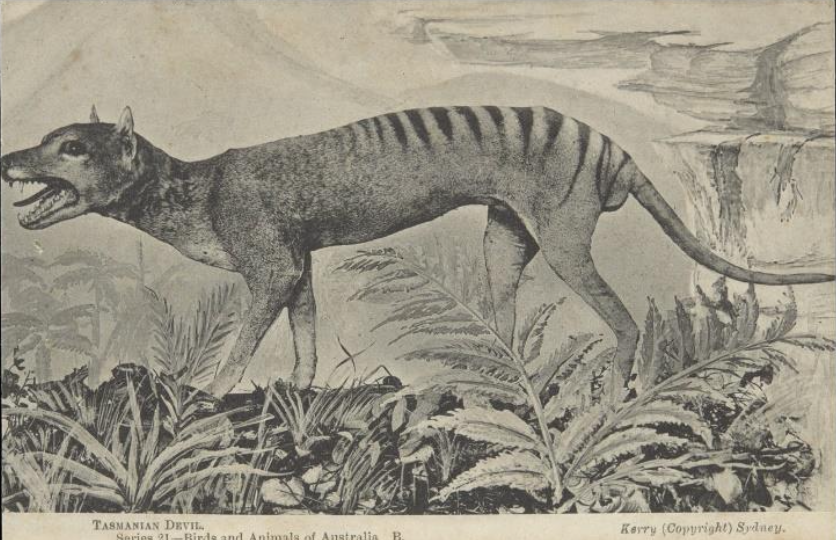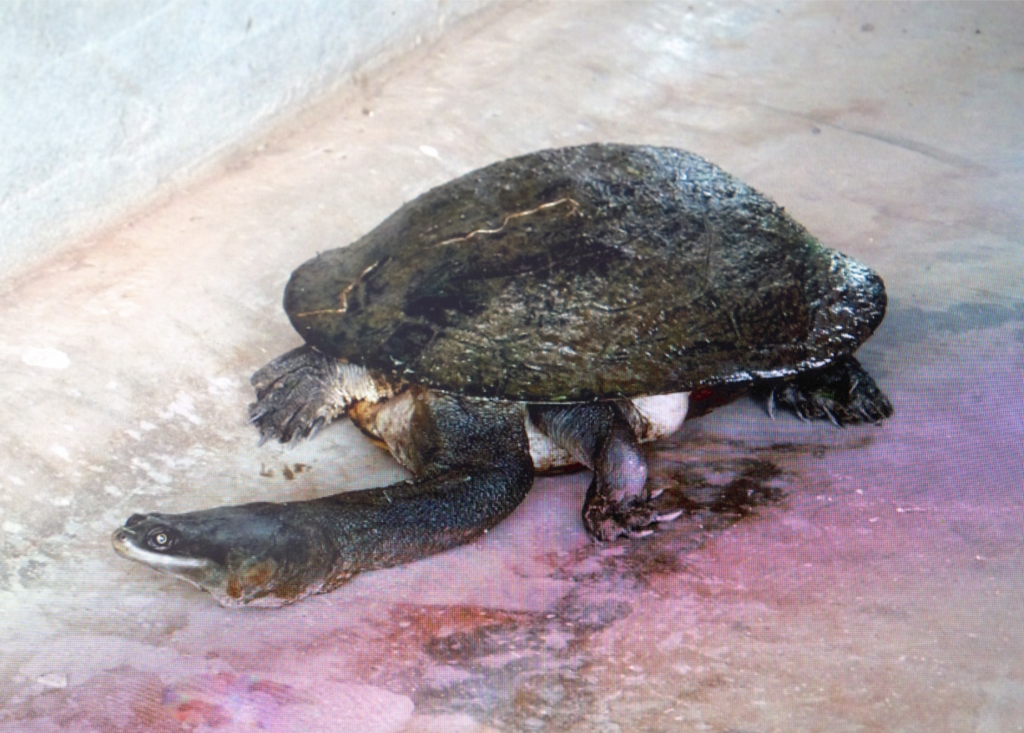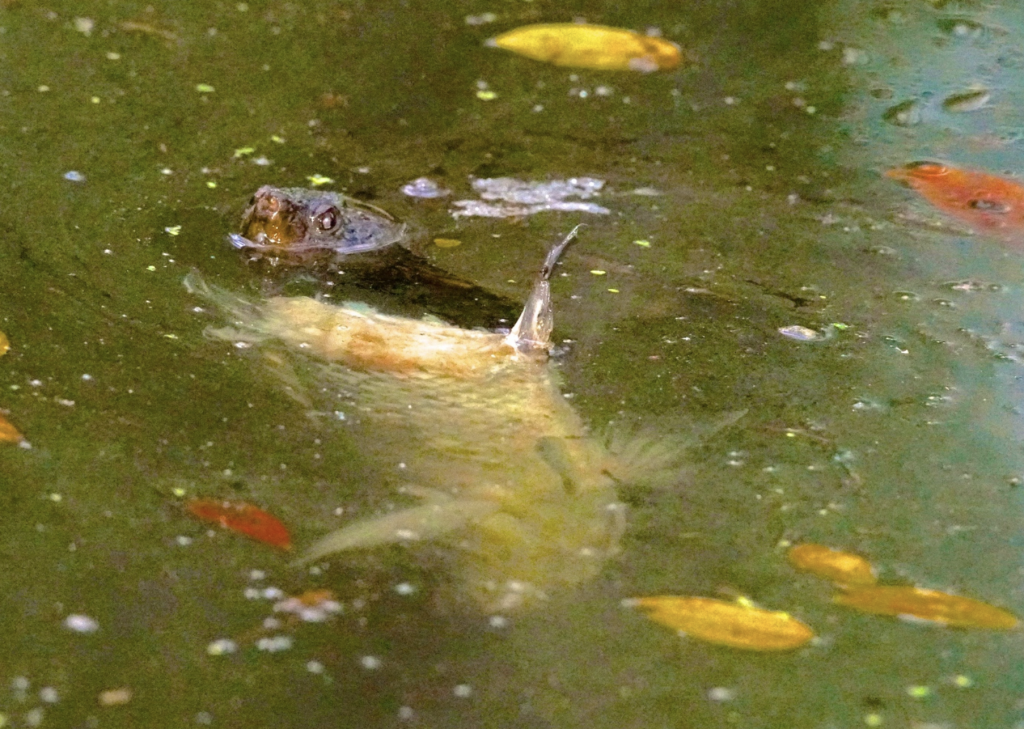How well do you know the local wildlife? You are invited to meet the Wildlife Identification Challenge!
CAN you identify these insects using the MCCG Digital Field Guides?
Which is the odd one out?
Common Crow (Euploea core) – photo Ed Frazer
Crow Moth (Cruria donowani) – photo Ed Frazer
White-banded Plane (Phaedyma shepherdi) – photo Ed Frazer
ANSWER:
The Common Crow (Euploea core) and White-banded Plane (Phaedyma shepherdi) are both butterflies. The odd one out is the Crow Moth. There are several characteristics that distinguish butterflies from moths, including:
- Moths tend to rest with their wings open, whereas butterflies usually rest with their wings closed.
- Unlike butterflies, moths have a frenulum – a wing coupling device that ensures the wings travel together during flight.
- Moths tend to have feathered antennae, whereas butterfly antennae are usually long and bare, with a club end.
- Butterflies are diurnal, whereas most moths are nocturnal.
Published in


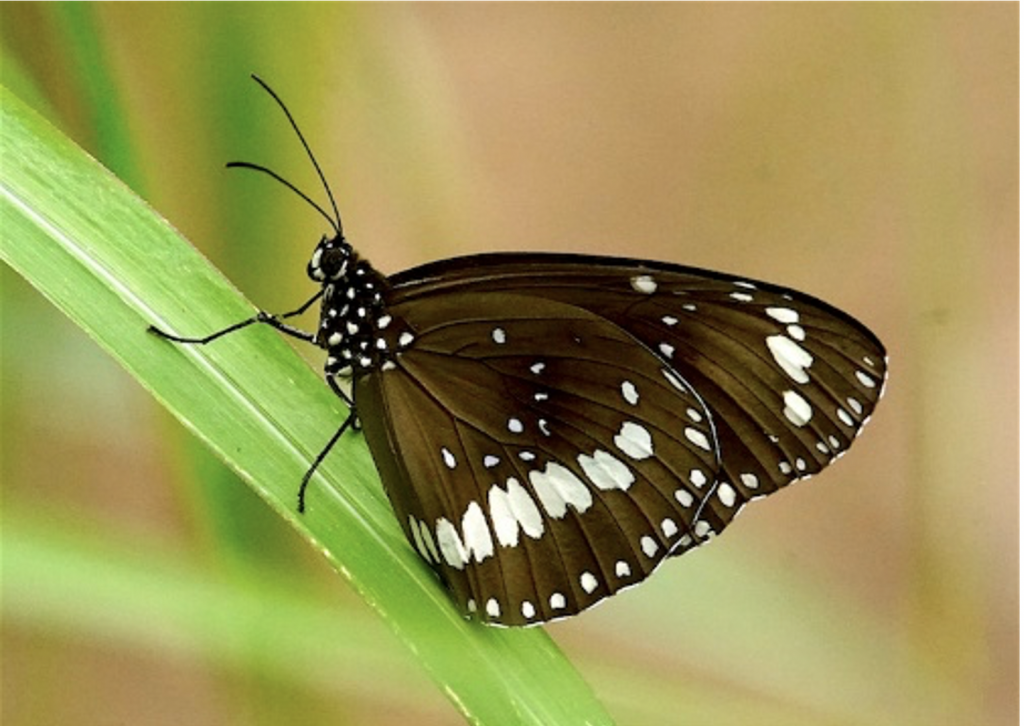
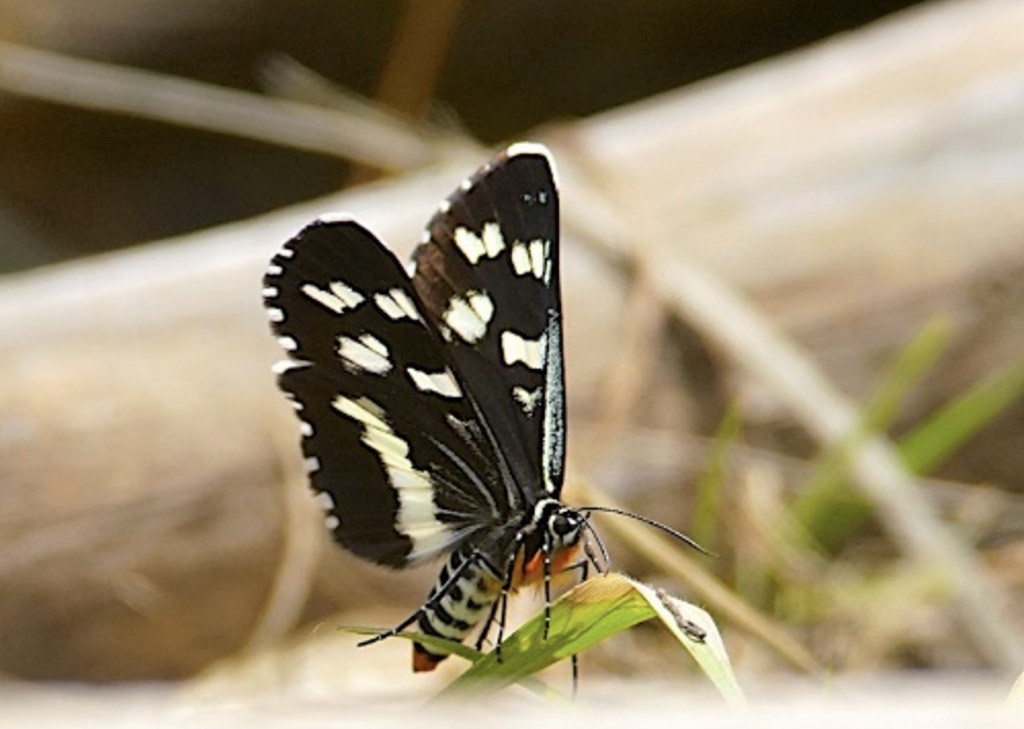
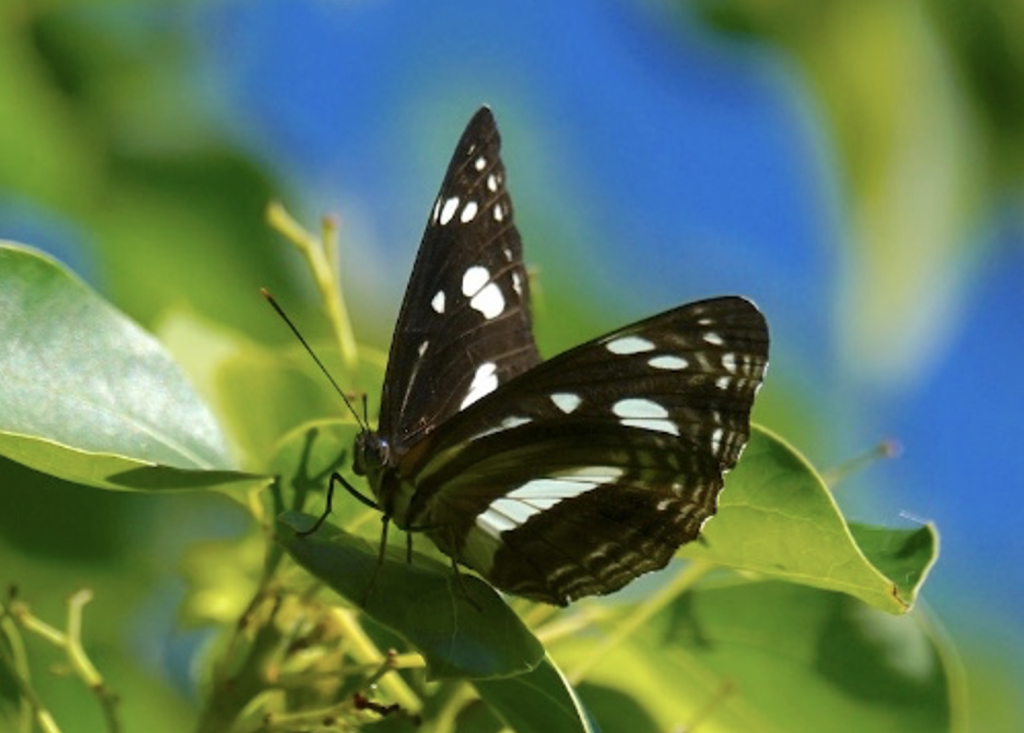
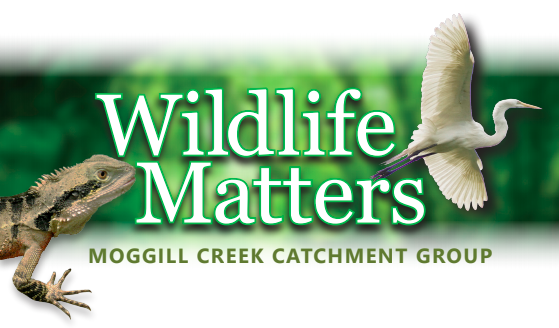
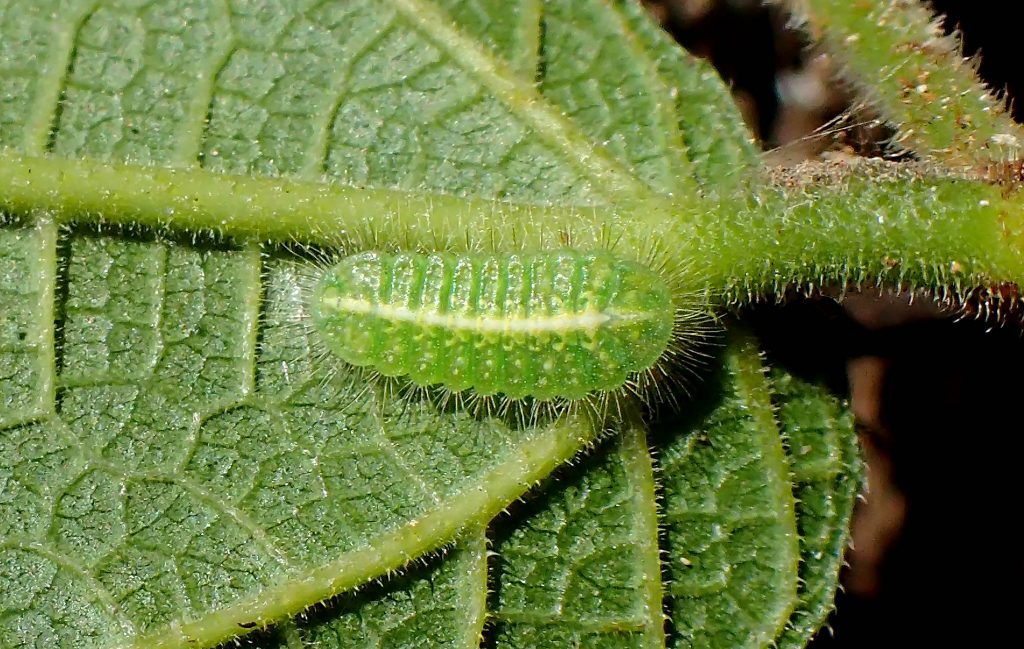
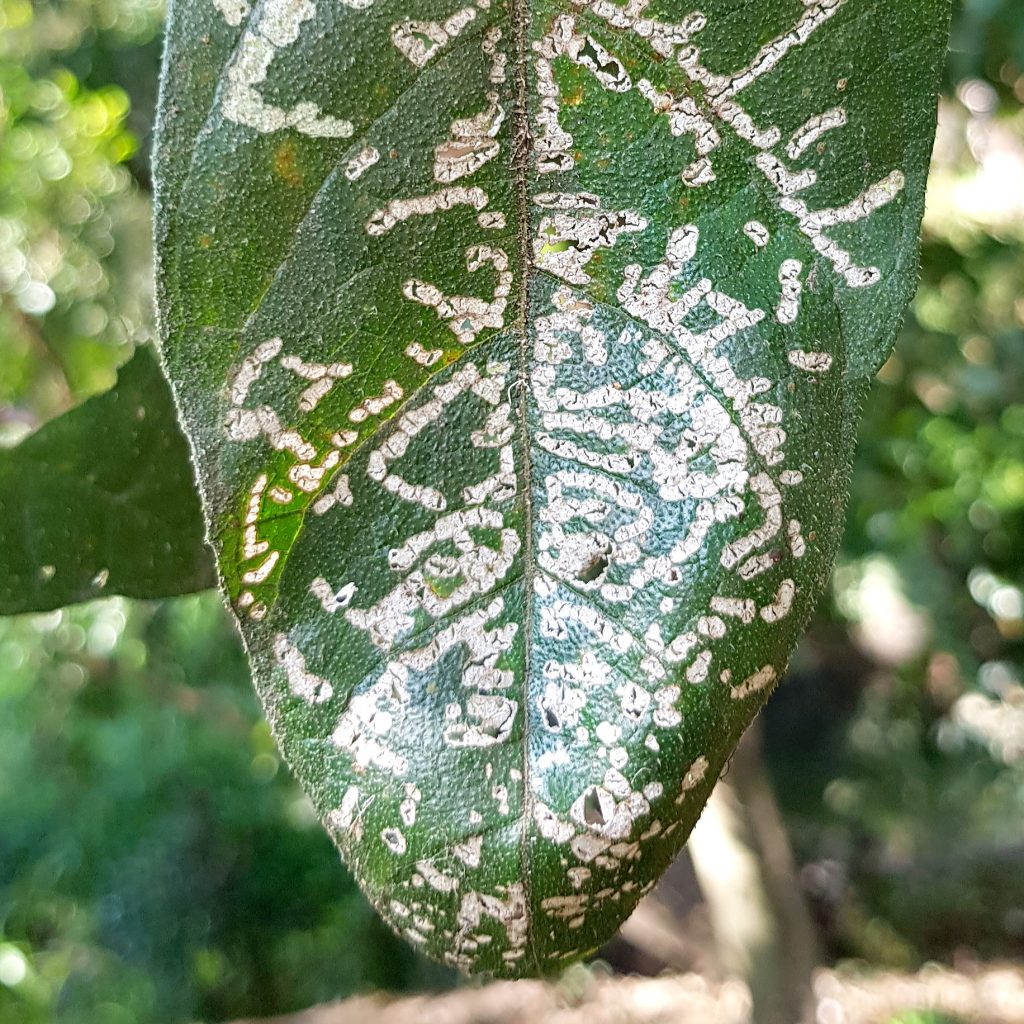
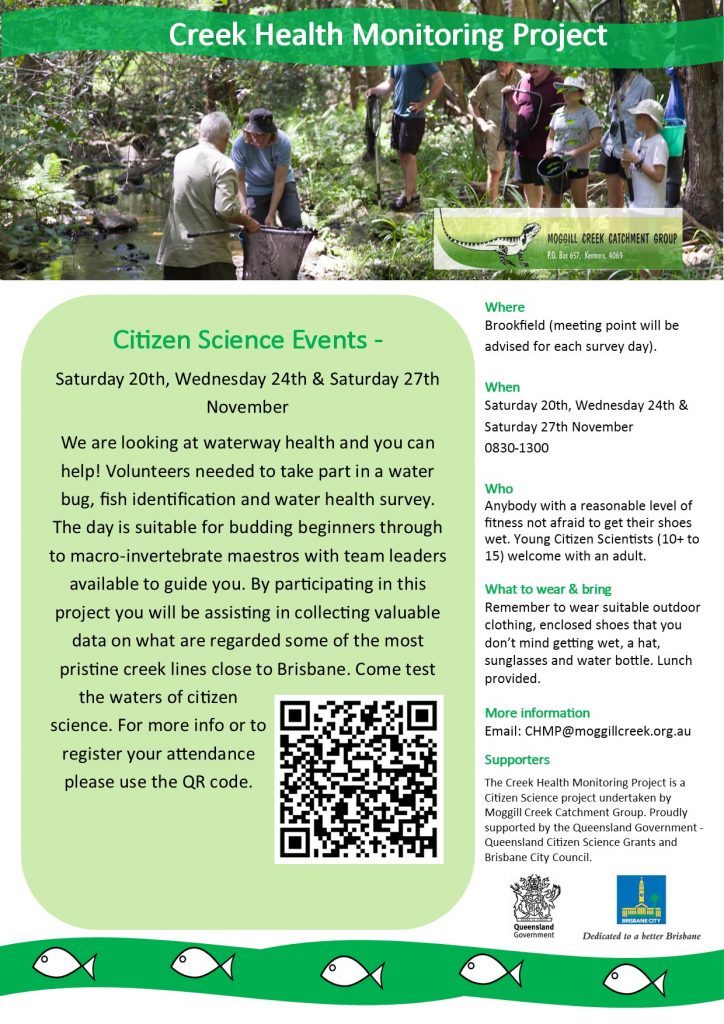
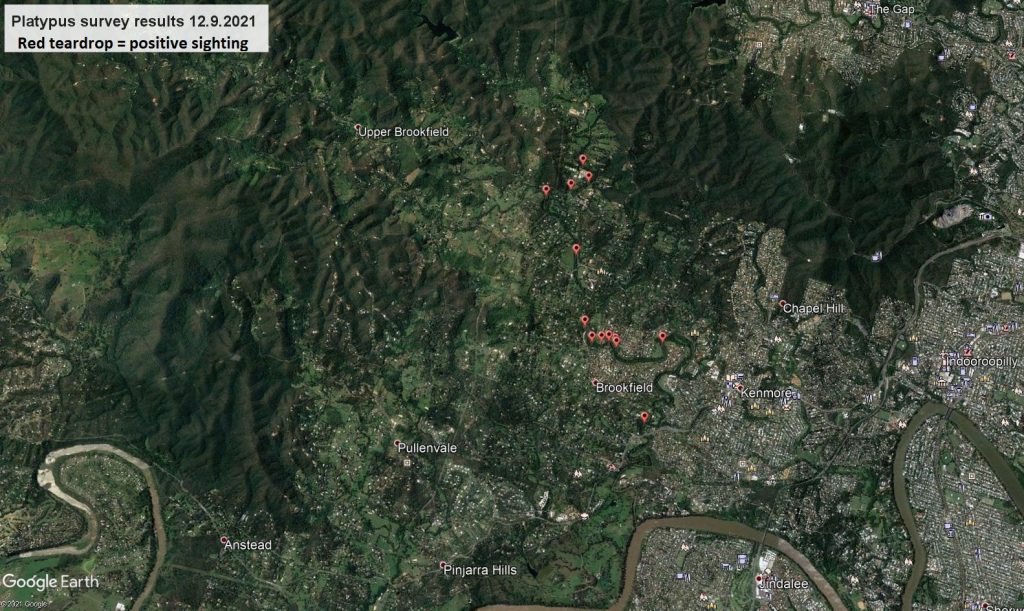
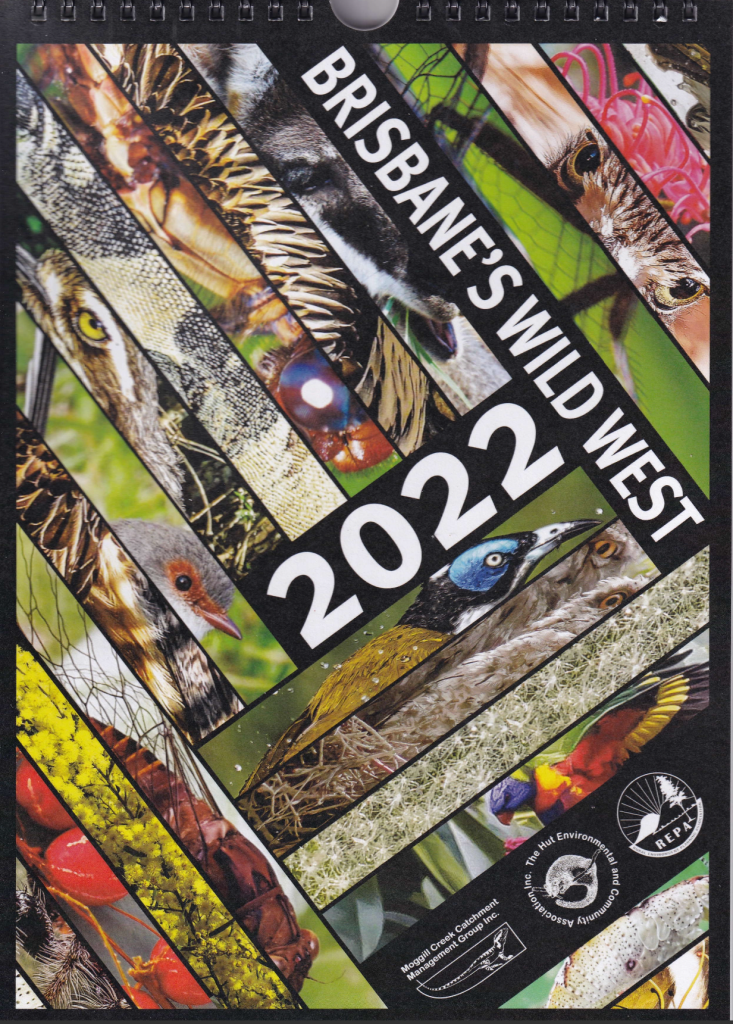

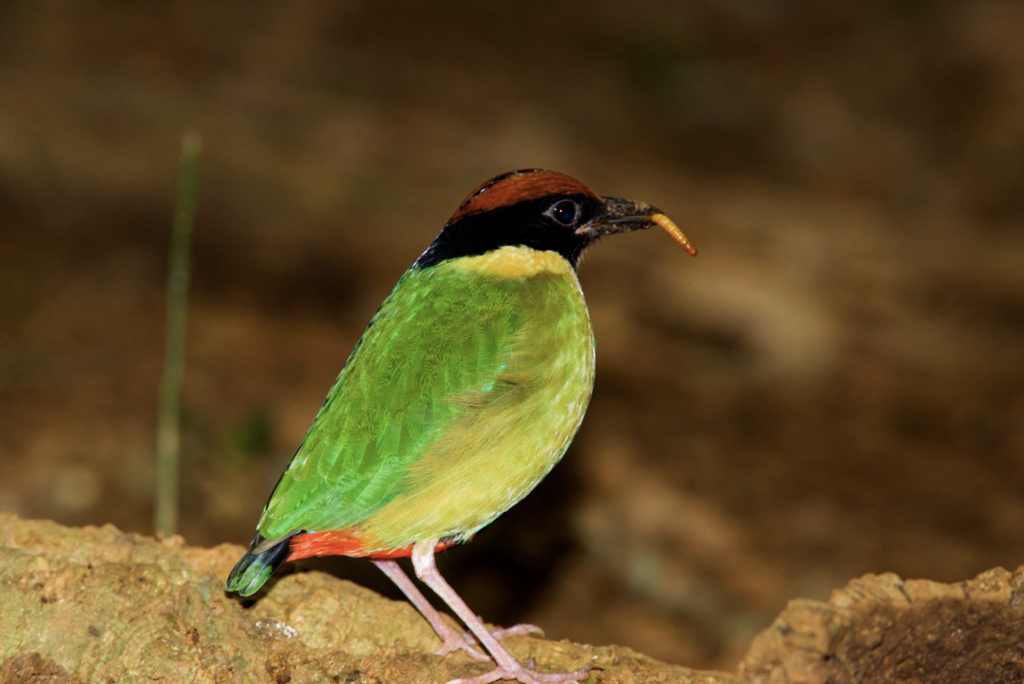
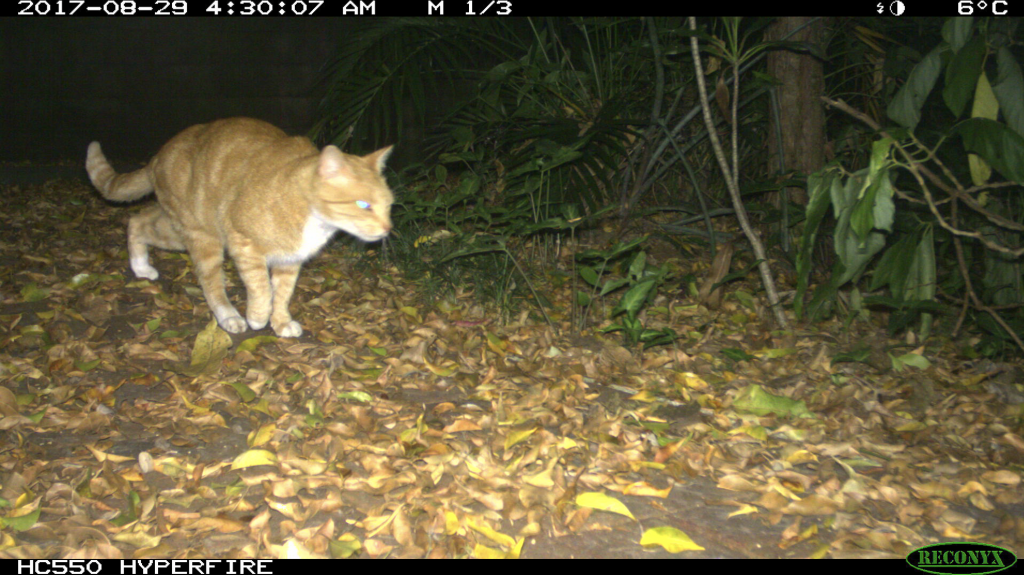
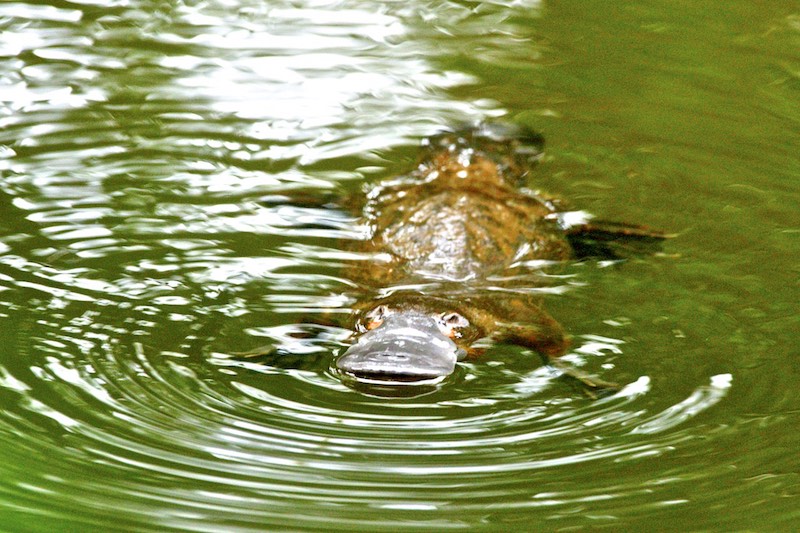 Platypus Moggill Creek Photo: Ed Frazer
Platypus Moggill Creek Photo: Ed Frazer